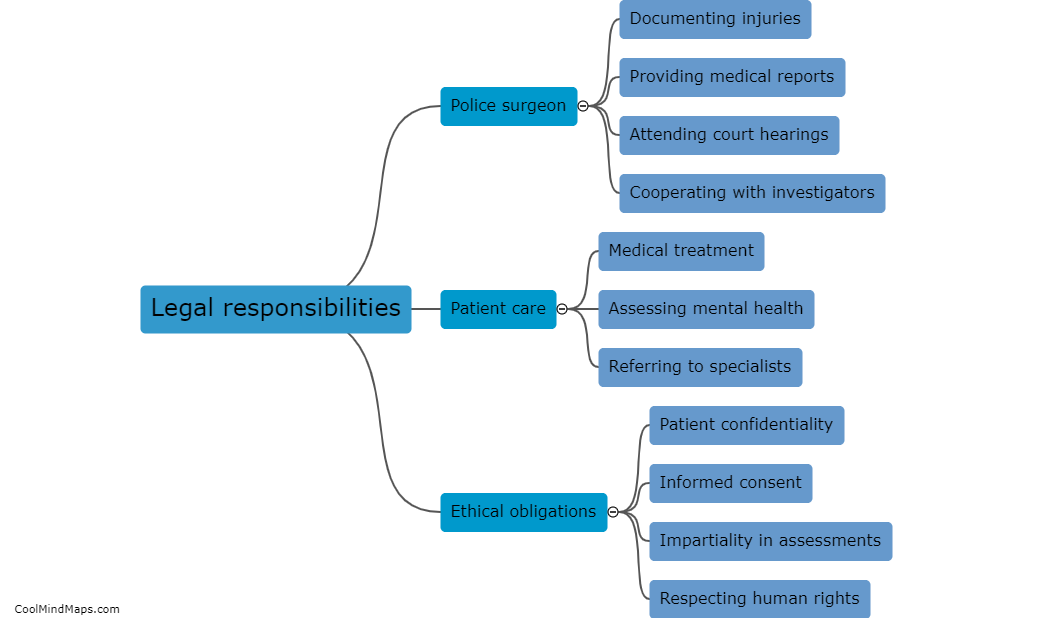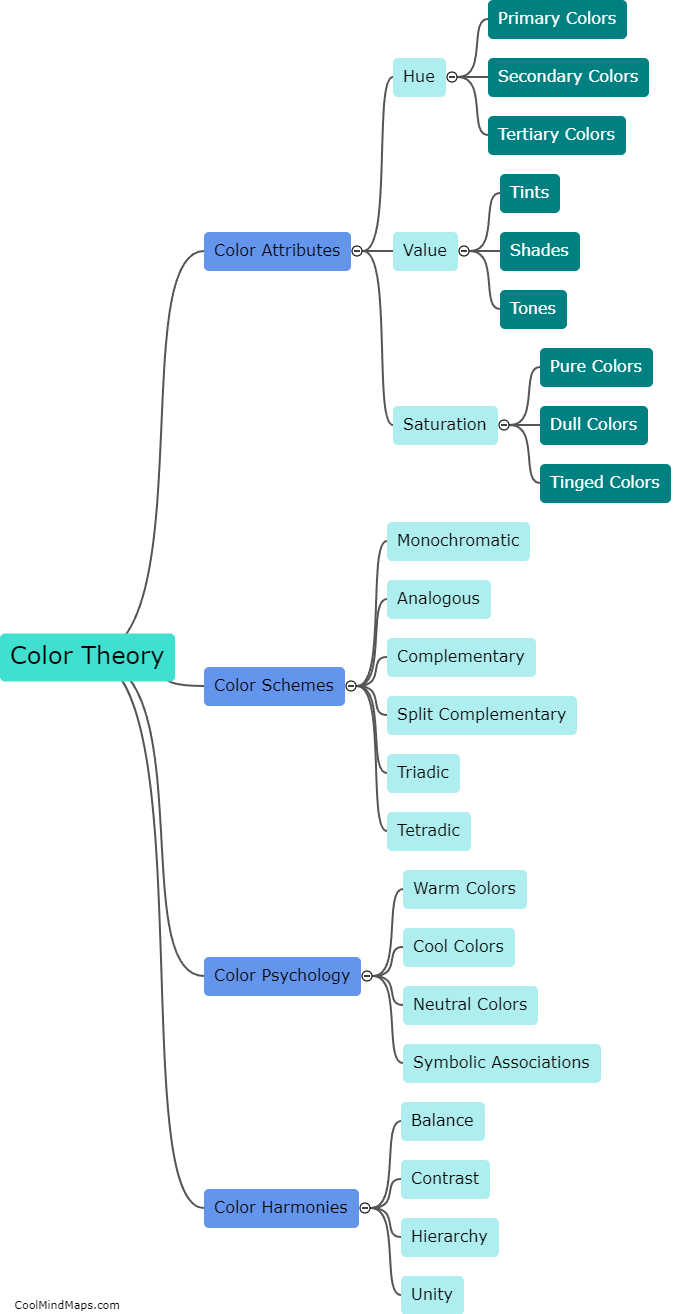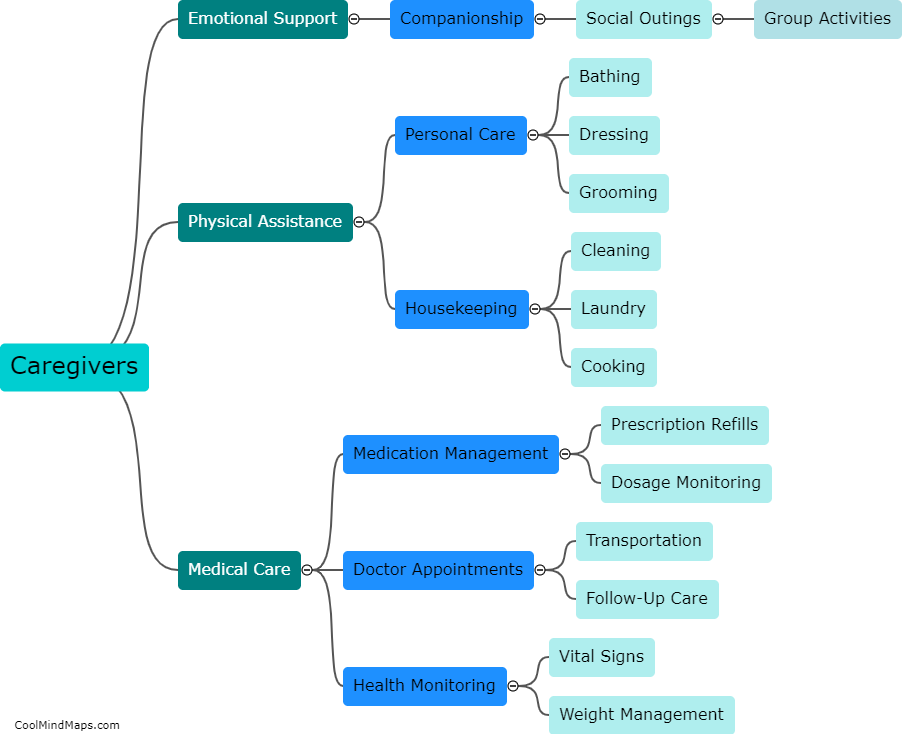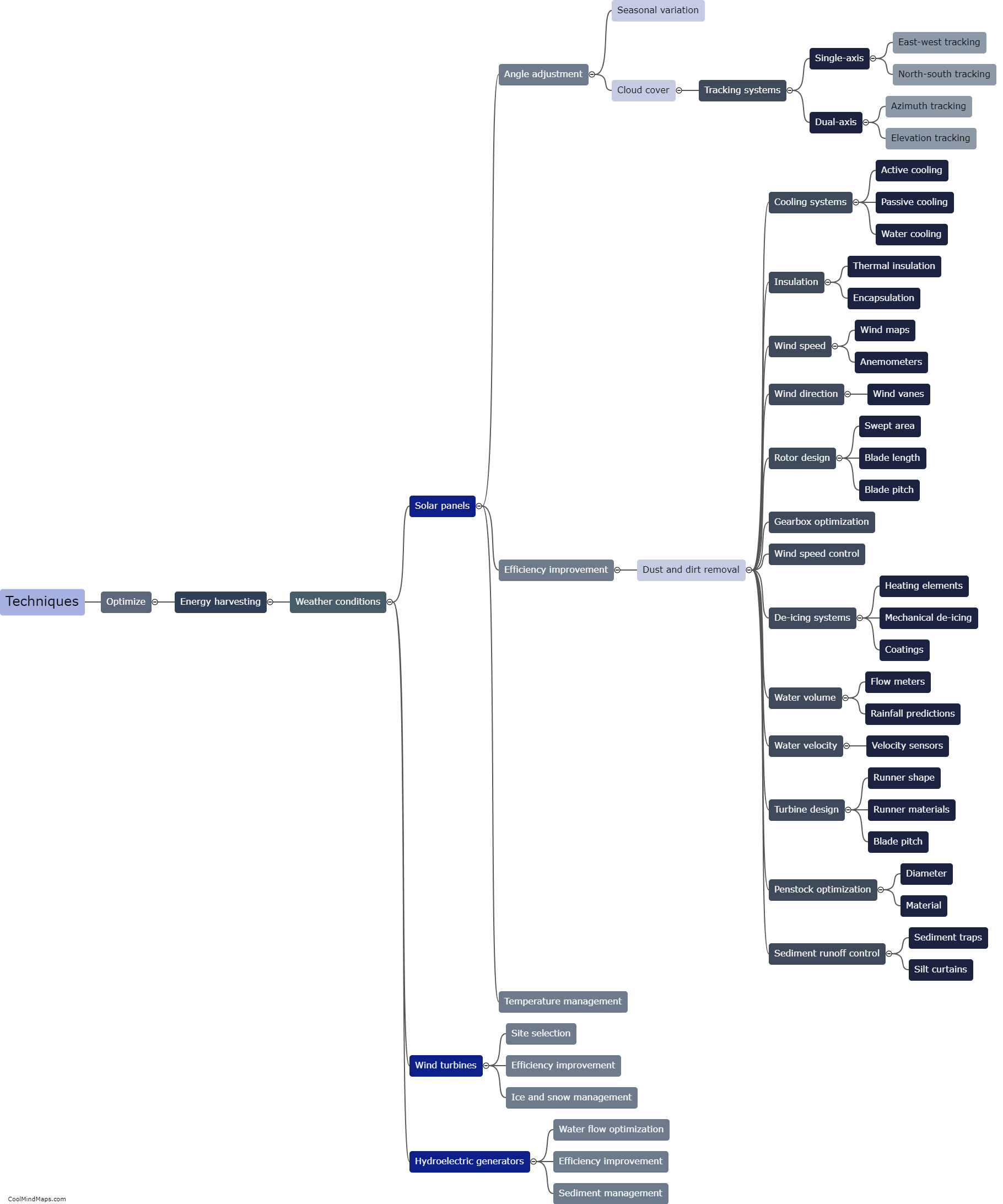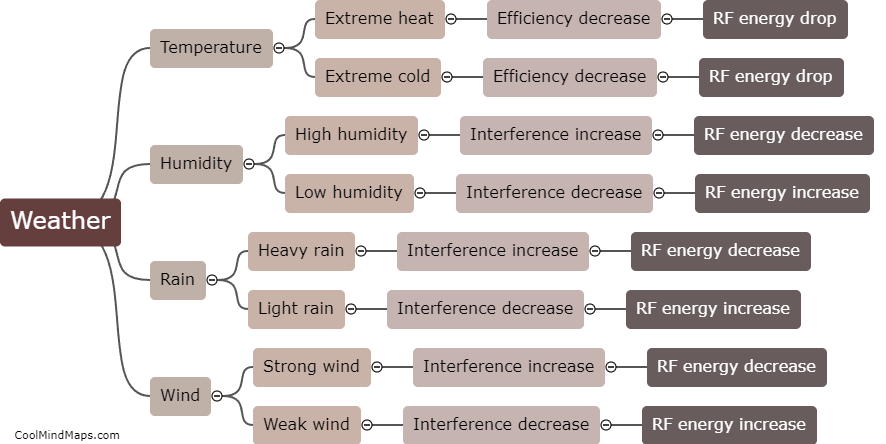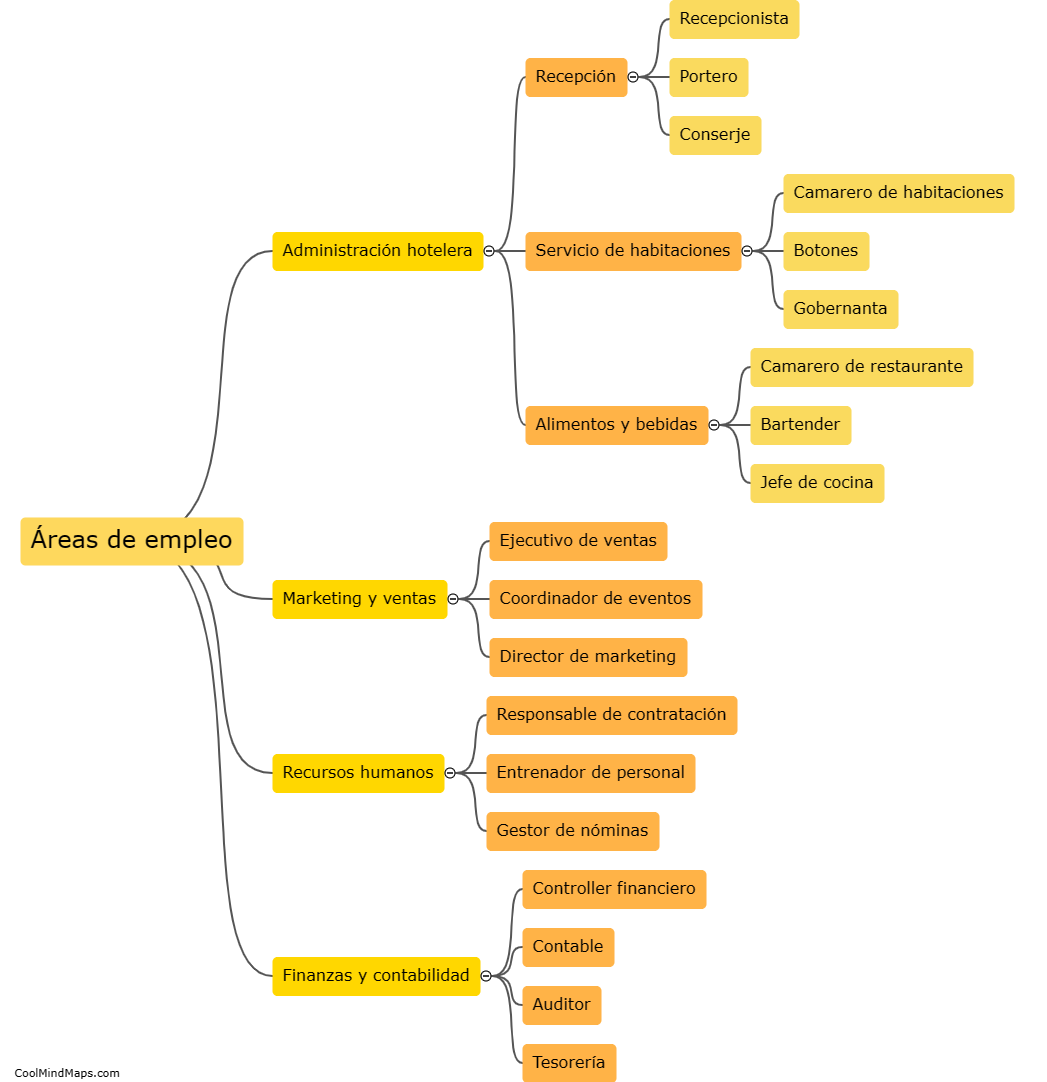Can antenna design be optimized for RF energy harvesting in different weather conditions?
Antenna design can indeed be optimized for RF energy harvesting in different weather conditions. In order to efficiently harvest RF energy, antennas need to be designed to effectively capture and convert electromagnetic waves into usable electrical energy. Different weather conditions, such as rain, snow, fog, and even varying temperatures, can affect the efficiency of energy harvesting. For instance, rain droplets or snowflakes can scatter or absorb electromagnetic waves, resulting in decreased energy harvesting performance. Therefore, antenna designers must consider the effects of weather conditions on the antenna's efficiency and adjust the design parameters accordingly, incorporating features such as polarization diversity, adaptive beamforming, or smart materials that can adapt to changing environmental conditions. By optimizing antenna design, it is possible to enhance the performance and reliability of RF energy harvesting systems, even in different weather conditions.

This mind map was published on 19 November 2023 and has been viewed 91 times.

